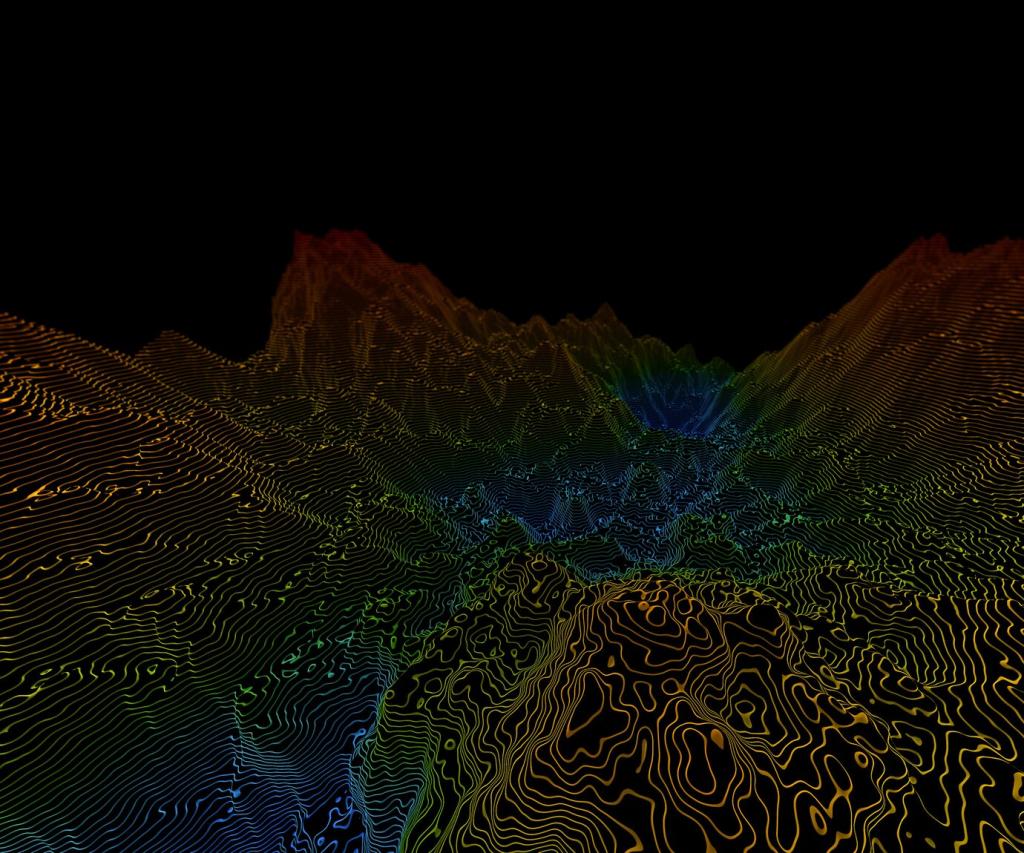Landscapes in Art: More Than Meets the Eye
Selected theme: Landscapes in Art: More Than Meets the Eye. Step into fields of meaning, skies full of history, and horizons shaped by memory. We’ll explore how artists turn places into ideas, emotions, and stories. Stay with us, subscribe, and share your own landscape moments.
Windows into Culture
Landscapes archive traditions, from terraced fields showing communal labor to coastal views celebrating trade and curiosity. When we look closely, we see values and fears reflected in paths, fences, and horizons constructed with purposeful care.
A Mirror of Memory
An artist once returned to a childhood river and painted its bend from memory, not observation. The resulting canvas felt truer than a photograph, because it layered time, loss, and hope into the gentle turn of water.
Roads, rivers, and ridgelines are narrative tools. They usher our eyes from foreground to horizon, suggesting journeys, thresholds, and consequences. A subtle curve can imply hesitation, while a stark diagonal can announce urgency and change.
Techniques That Reveal Hidden Meanings
A Quick Journey Through Landscape History
From Scrolls to Skyscapes
Classical Chinese shan shui pictured mountains as moral and metaphysical; Dutch painters charted reclaimed fields as mercantile pride. Each tradition treated space like a worldview, balancing human presence against vastness to express deeply held beliefs.
Plein Air and the Pulse of Light
Portable paints and field easels let artists chase changing skies. Impressionists learned the day had many colors, not one. That discovery reshaped how we connect time, weather, and feeling within outdoor scenes.
Modern Turns and Aerial Views
Twentieth-century artists fragmented land into planes, maps, and patterns. From precisionist industrial vistas to satellite-influenced abstractions, landscape became a concept, reminding viewers that perception itself is constructed, situated, and never fully neutral.
Reading Famous Landscapes for Their Secrets
Constable’s rustic charm sits beside the rumble of industrial Britain. Placid water and cloud choreography frame a society on the verge of transformation, letting viewers feel tenderness and tension braided within the same pastoral scene.


Reading Famous Landscapes for Their Secrets
Sheets of rain in Hiroshige’s prints celebrate travel networks and shared experiences. The downpour binds strangers beneath straw hats, turning a route into community and suggesting that movement, not arrival, shapes our sense of place.


How to See Like an Art Detective Outdoors
What controls my gaze? Where is the human trace? Which mood dominates the light? What is omitted? How does scale position me? Answering these creates a map of ideas beneath visible fields and hills.
How to See Like an Art Detective Outdoors
Watch shadows, cloud types, and seasonal plants. A late-summer palette differs from a winter hush. Artists use temporal cues to anchor emotion, making a morning gleam feel hopeful or a dusk haze carry gentle resignation.
Make Your Own Landscape Dialogues
Carry a small notebook. Describe wind temperature, ground texture, and smell before sketching. These sensory anchors will later infuse drawings or photographs with mood, helping your landscapes whisper specific, lived experience.

Make Your Own Landscape Dialogues
Choose one landscape photo and imagine it as a painting. What would you simplify, emphasize, or omit? Write a short paragraph, then share it below. Comparing notes helps everyone see more dimensions within familiar places.
